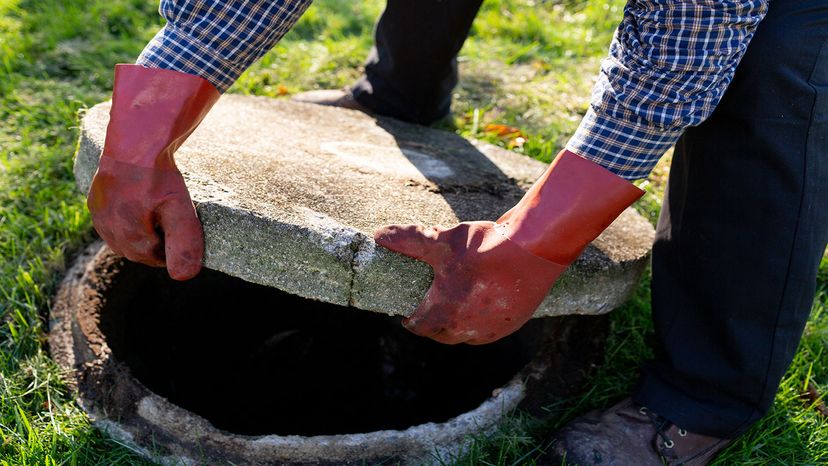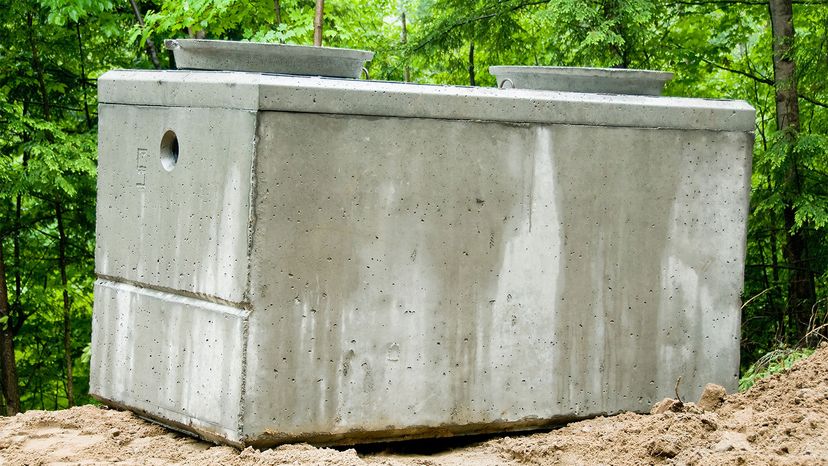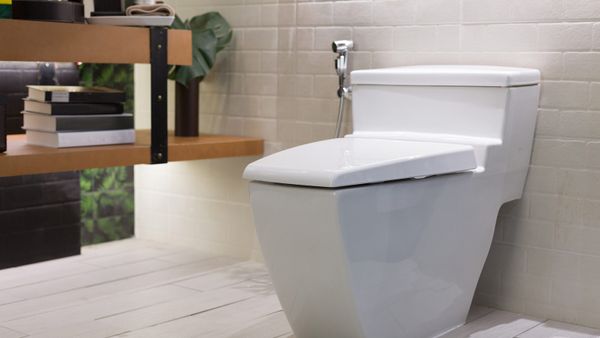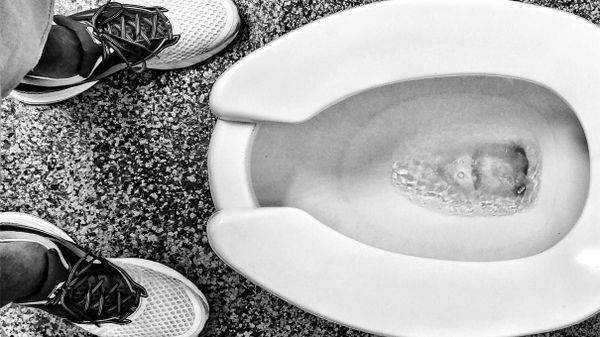
In modern homes, drains have a way of remaining innocuous. Unless the toilet's overflowing or the bath spigot is filling the tub with blood, plumbers and exorcists aren't usually on our minds. Thanks to the simple push of a lever, waste remains out of sight and out of mind. Not in this article. We're going to your backyard, to the greenest patch of grass, to dive headlong into your septic system.
More than 60 million Americans have a septic system treating the waste in their homes, and about one-third of all new development uses them. By design, these systems are fairly simple. All drains in the home converge to a single pipe that leads to the septic tank buried outside. When the waste water from your toilet, shower, sinks and washing machine leave your house, it's combined. When it hits the septic tank, however, it begins to separate. The heaviest particulate matter in the waste, called sludge, sinks to the bottom. At the top of the tank, fats, oils and proteins form the floating scum layer. In the middle is the comparatively clear liquid layer called effluent or gray water. Combined, these components are called septage.
Advertisement
Septic systems are designed so that only the effluent is discharged from the tank into the drain field (also called the leach field). This is simply a set of pipes with holes drilled into them that release the effluent below ground (but above the water table). The effluent is degraded enough to be well-filtered by good soil. There's plenty of organic material left in the effluent, though, which acts as fertilizer. This is why the drain field usually boasts the healthiest segment of the yard above it.
Simple as their design may be, septic systems require the homeowner to monitor them before problems arise. Usually, once a problem becomes obvious, it's too late for any simple solution. Fixing big septic problems often requires thousands of dollars worth of parts and labor. Fortunately, a little maintenance can go a long way in avoiding problems. Read on to find out how often a septic tank should be pumped out.
Advertisement




